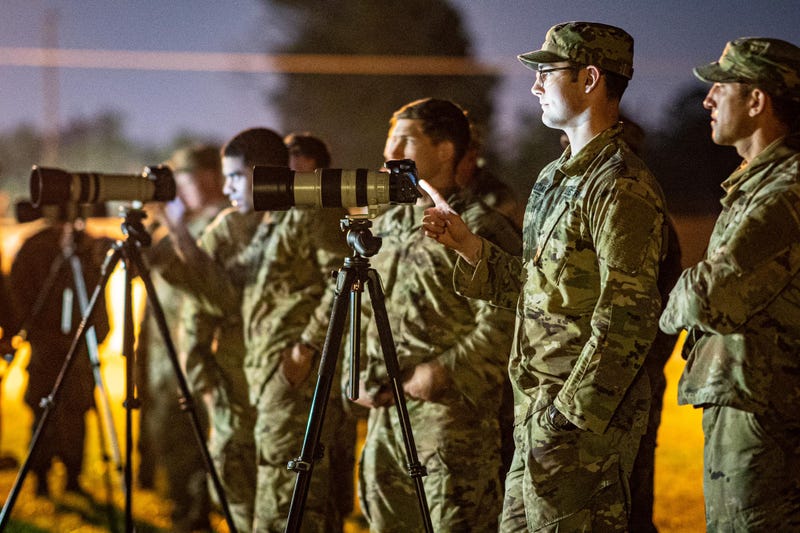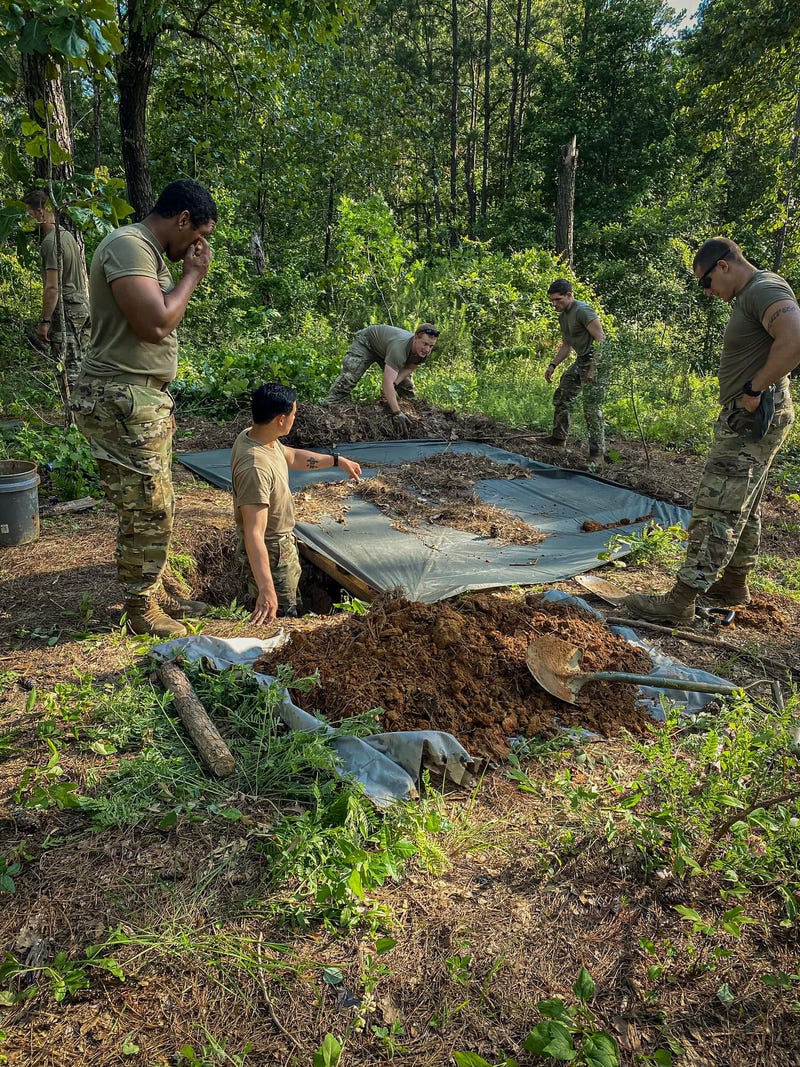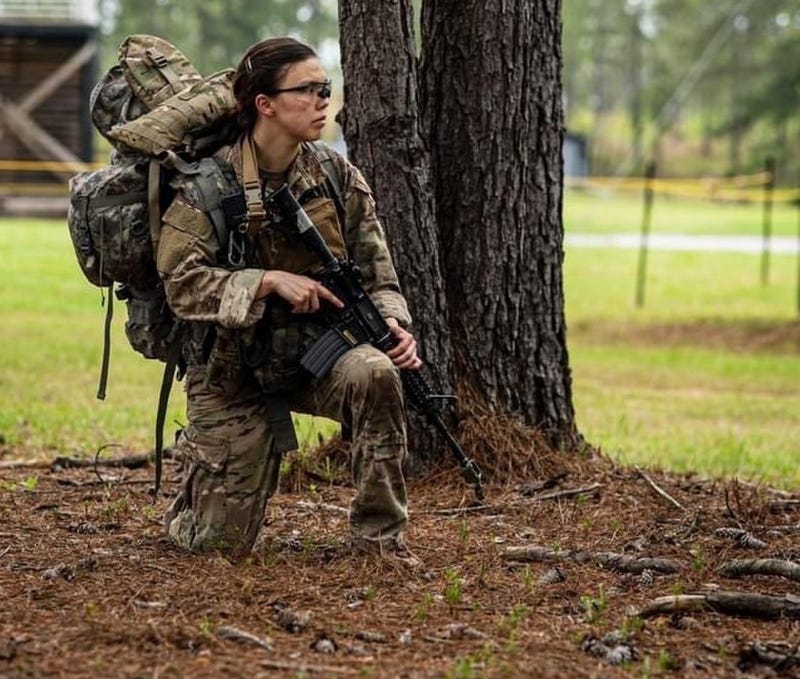
At Ft. Benning, Georgia there is a little known Infantry school called the Reconnaissance and Surveillance Leader Course (RSLC), sometimes referred to by students as the "lost phase" of Ranger School which is just down the road.
RSLC helps fill a knowledge and training gap by teaching material not focused on in other courses, showing Infantrymen how to plan, lead, and execute long-range reconnaissance missions.
The U.S. Army has a bit of a checkered history with long-range, dismounted reconnaissance with the units and teams that conduct these missions being periodically disbanded only to find commanders wanting that capability and recreating it down the line. Every so often somebody gets the bright idea that spy satellites or drones with sophisticated cameras have rendered long-range recon obsolete.
Clearly, this has not turned out to be the case as boots on the ground can gather information that overhead platforms cannot, as well as provide a persistent "eyes on" the objective area that drones often can't.
And contrary to what you see in the movies, it is rare for battlefield commanders to have "real-time" intelligence.
Furthermore, soldiers on the ground using old school fieldcraft can succeed where drones and other electronic systems will fail on the battlefields of the future.
First, the Army may find itself fighting in areas of operation where the military does not enjoy air supremacy that it has for the last 20 years during the war on terror. Second, the electronic warfare environment may be so intense in future conflicts that drones and other sensors are spoofed, hacked, or outright zapped with microwaves.
Actual soldiers with binoculars and pencil and paper can penetrate these areas and gather intelligence for military leadership when the more high-tech methods fail.
RSLC is the school that will teach them how, and a recent article penned by Cpt. Kevin Lucas who commands E/co at 4th Ranger Training Battalion lends insights into how the school has been reorganized and updated to ensure that long-range recon is not just an Army tradition, but a functional and operational capability.
Lucas writes that the 26-day course begins by teaching advanced land navigation, in which students learn route selection and moving under night vision goggles through wooded areas, while also being trained to operate military radios used to transmit both voice and data.
Students also learn how to correctly use binoculars, spotting scopes, thermal sights, cameras, and how to draw field sketches.

During the second phase of training, students conduct six practical exercises in the field.
"These exercises train students to employ their squads in more than just traditional static surveillance sites," Lucas writes. "Rather, they will learn multiple squad employment options, including multiple active reconnaissance elements and use of security teams, providing battalion commanders with agile leaders who can adapt to the situations they face."
Finally, there is a culminating exercise with graded patrols. Similar to Ranger School, students cycle through leadership positions on these recon patrols as an instructor grades their performance.
By the end, "students have demonstrated their ability to lead a dismounted squad ahead of the forward line of troops in support of a commander’s information collection plan," according to Echo Company's commander.

To learn more, the school also maintains a Facebook page and soldiers preparing to attend can view their official website.
And yes, female soldiers can attend RSLC. Recently, the school had its first female graduate, Cpt. Christina Plumley.
Want to get more connected to the stories and resources Connecting Vets has to offer? Click here to sign up for our weekly newsletter. Reach Jack Murphy: jack@connectingvets.com or @JackMurphyRGR.

